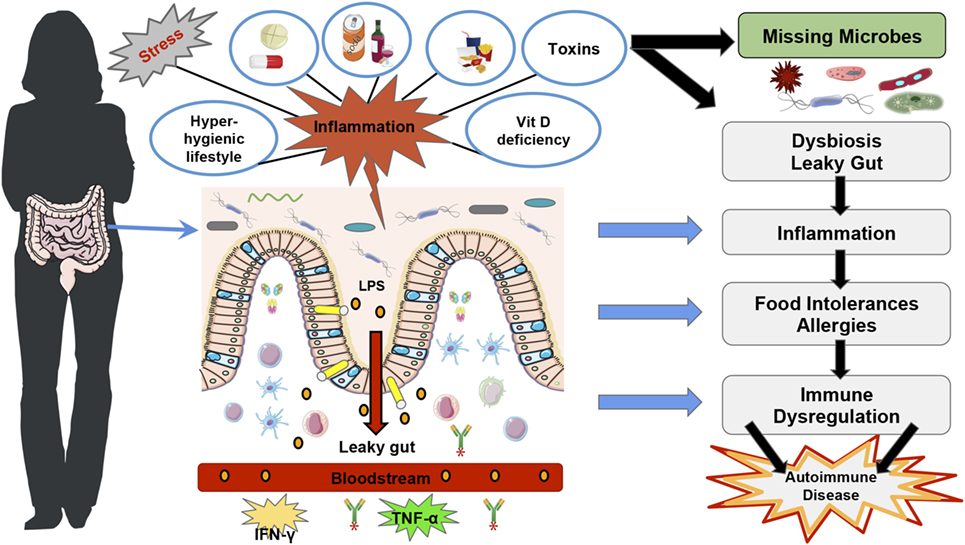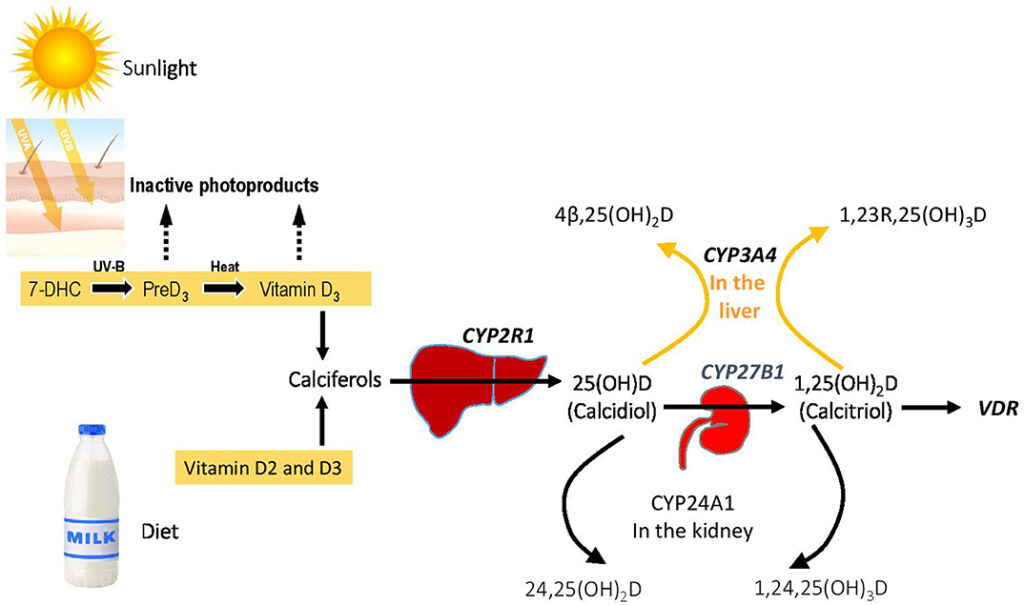Vitamin D deficiency, often abbreviated as VDD, is a growing concern worldwide. This condition occurs when the body does not have enough of this essential nutrient, which plays a critical role in maintaining overall health. Vitamin D is unique because it functions as both a vitamin and a hormone, helping the body absorb calcium, support immune function, and regulate mood. Despite its importance, many people remain unaware of the causes, symptoms, and treatments for this condition. In this article, we will explore these aspects in detail to help you better understand how to address and prevent vitamin D deficiency.

What Is Vitamin D?
Vitamin D is a fat-soluble nutrient that is crucial for maintaining strong bones, supporting the immune system, and promoting overall well-being. It is sometimes referred to as the “sunshine vitamin” because the body can produce it when the skin is exposed to sunlight. There are two primary forms of vitamin D: vitamin D2, which is found in certain plant-based foods, and vitamin D3, which is produced by the body and found in animal-based foods.
Both forms are converted into an active form in the liver and kidneys, where they help regulate calcium and phosphorus levels in the blood. These minerals are vital for bone health and muscle function. Without sufficient vitamin D, the body cannot absorb calcium effectively, leading to weakened bones and other health issues.
Causes of Vitamin D Deficiency
There are several reasons why someone may develop a deficiency in vitamin D. Understanding these causes can help individuals take preventive measures to maintain healthy levels of this essential nutrient.
Limited Sun Exposure
One of the most common causes of vitamin D deficiency is insufficient exposure to sunlight. The skin produces vitamin D when exposed to ultraviolet B rays from the sun. However, many factors can limit this process:
- Geographic Location: People living in regions far from the equator receive less sunlight, especially during winter months.
- Seasonal Changes: Shorter daylight hours in winter reduce opportunities for sun exposure.
- Indoor Lifestyles: Spending most of the day indoors, whether due to work or personal preference, limits sunlight exposure.
- Sunscreen Use: While sunscreen is essential for protecting the skin from harmful UV rays, it also blocks the production of vitamin D.
Inadequate Dietary Intake
Vitamin D is naturally present in only a few foods, making it challenging to obtain sufficient amounts through diet alone. Some dietary sources include fatty fish like salmon and mackerel, fortified dairy products, and egg yolks. However, individuals who follow restrictive diets, such as veganism or vegetarianism, may struggle to consume adequate amounts of vitamin D.
Medical Conditions
Certain medical conditions can interfere with the body’s ability to absorb or metabolize vitamin D. These include:
- Obesity: Excess body fat can trap vitamin D, preventing it from being utilized effectively.
- Gastrointestinal Disorders: Conditions like Crohn’s disease, celiac disease, and cystic fibrosis can impair nutrient absorption in the gut.
- Kidney or Liver Problems: These organs play a key role in converting vitamin D into its active form, so any dysfunction can lead to deficiencies.
Age-Related Factors
As people age, their skin becomes less efficient at producing vitamin D from sunlight. Additionally, older adults may spend more time indoors or have limited mobility, further reducing their exposure to sunlight. These factors make older populations particularly vulnerable to vitamin D deficiency.
Symptoms of Vitamin D Deficiency
Vitamin D deficiency can manifest in various ways, and the symptoms may vary depending on the severity of the condition. Some individuals may experience no noticeable symptoms, while others may develop more pronounced signs over time.
Bone Pain and Muscle Weakness
One of the hallmark symptoms of vitamin D deficiency is bone pain, often accompanied by muscle weakness. This occurs because low levels of vitamin D impair calcium absorption, leading to weakened bones. Individuals may experience discomfort in their lower back, hips, or legs, which can interfere with daily activities.
Fatigue and Low Energy
Chronic fatigue is another common symptom of vitamin D deficiency. Many people attribute their lack of energy to stress or poor sleep, but it could be linked to inadequate levels of this nutrient. Studies have shown that supplementing with vitamin D can improve energy levels in deficient individuals.
Mood Changes and Depression
Vitamin D plays a role in regulating mood and mental health. Research suggests that low levels of this nutrient may contribute to feelings of sadness, anxiety, or depression. Seasonal affective disorder, a type of depression that occurs during the winter months, has been linked to reduced sunlight exposure and subsequent vitamin D deficiency.
Frequent Illnesses or Infections
Vitamin D is essential for supporting the immune system. When levels are low, the body becomes more susceptible to infections and illnesses. Individuals with vitamin D deficiency may notice they catch colds or other infections more frequently than usual.
Delayed Wound Healing
Vitamin D is involved in the healing process, as it helps control inflammation and fight infection. A deficiency can slow down wound healing, making it harder for cuts, scrapes, or surgical incisions to heal properly.
Treatments for Vitamin D Deficiency
If you suspect you have a vitamin D deficiency, it is important to consult a healthcare professional for proper diagnosis and treatment. Fortunately, there are several effective ways to address this condition and restore healthy levels of the nutrient.
Increase Sun Exposure
One of the simplest ways to boost vitamin D levels is to spend more time outdoors in the sunlight. Aim for about 10 to 30 minutes of midday sun exposure several times a week, depending on your skin tone and geographic location. People with darker skin may require longer exposure, as melanin reduces the skin’s ability to produce vitamin D.
Dietary Adjustments
Incorporating more vitamin D-rich foods into your diet can help address deficiencies. Some excellent sources include:
- Fatty fish like salmon, tuna, and mackerel
- Fortified dairy products, such as milk and yogurt
- Egg yolks
- Mushrooms exposed to sunlight
For those following plant-based diets, fortified plant milks and cereals can provide additional vitamin D.
Vitamin D Supplements
In cases where dietary changes and sun exposure are insufficient, healthcare providers may recommend vitamin D supplements. These come in two forms: vitamin D2 and vitamin D3. Vitamin D3 is generally considered more effective at raising blood levels of the nutrient. Dosage recommendations vary based on age, severity of deficiency, and individual health needs, so it is important to follow your doctor’s guidance.
Treatment for Underlying Conditions
If a medical condition is contributing to vitamin D deficiency, addressing the root cause is essential. For example, managing gastrointestinal disorders or optimizing kidney and liver function can improve the body’s ability to absorb and metabolize vitamin D. In some cases, medications or specialized treatments may be necessary.
Regular Monitoring
Once treatment begins, regular blood tests can help monitor vitamin D levels and ensure they return to a healthy range. Healthcare providers may adjust supplement dosages or recommend lifestyle changes based on these results.
Preventing Vitamin D Deficiency
While treating vitamin D deficiency is important, prevention is equally crucial. By adopting healthy habits, individuals can reduce their risk of developing this condition in the first place.
Maintain Balanced Sun Exposure
Striking a balance between sun exposure and skin protection is key. While excessive sun exposure increases the risk of skin cancer, moderate amounts of sunlight are beneficial for vitamin D production. Consider spending time outdoors during early morning or late afternoon hours when the sun’s rays are less intense.
Prioritize Nutrient-Rich Foods
Including vitamin D-rich foods in your diet can help maintain adequate levels. Combining these foods with sources of healthy fats, such as olive oil or avocados, can enhance absorption.
Consider Routine Testing
Individuals at higher risk of vitamin D deficiency, such as older adults, pregnant women, or those with chronic health conditions, should consider routine testing. Early detection allows for timely intervention and prevents complications.
Stay Active and Healthy
Regular physical activity and a balanced lifestyle can support overall health and reduce the risk of deficiencies. Exercise promotes bone strength, while a nutritious diet ensures the body receives all the essential nutrients it needs.





